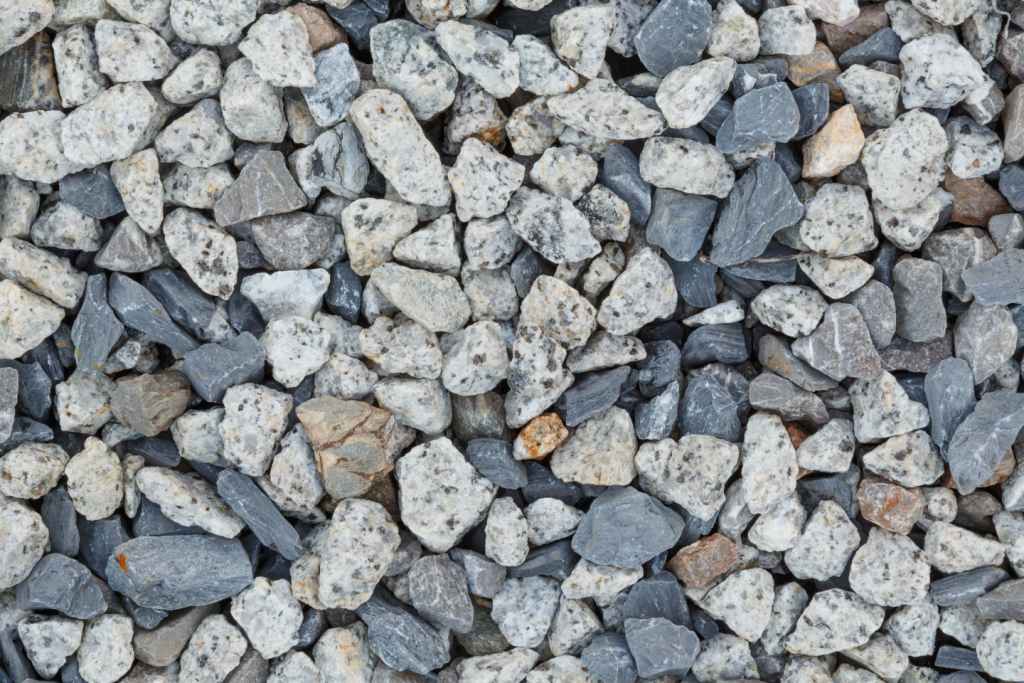
Lubricating nature of workable concrete is the most important nature. Workability is dependent on the proportion of the constituent material as well as on their individual characteristics.
The Factors that Affect the Workability of Concrete are Given Below:
01. Water Content of the Concrete Mix:
Water content will have important influences on the workability in given volume of concrete. The higher the water content per cubic meter of concrete, the higher will be the fluidity of concrete, which affect the workability.
Water requirement is mainly associated with absorption by aggregates surface& filling up the voids between aggregates.
However, Adding Extra Water to the Concrete Mix can be Disadvantageous, as Given Below:
- The strength of the concrete may get reduced.
- More quantity of water comes out from the surface of concrete resulting into bleeding.
- Cement slurry also escapes through the joints of formwork resulting into the loss of cement from concrete.
02. The Size of Aggregates:
Workability is mainly governed by the maximum size of aggregates.Water and paste require, will be not less if a chosen size of aggregates for concrete is bigger. Consequently, for a given quantity of water content & paste, bigger size aggregate will give higher workability.
Note: On the site, the maximum size of aggregate to be used will depend upon the many factors such as the handling, mixing and placing equipment, the thickness of section and quantity of reinforcement. Later two are very important.

03. The shape of Aggregates:
The Shape of Aggregates Seriously Influences the Workability of Concrete:
- Angular, flaky & elongated aggregate reduces the workability of concrete.
- Rounded or subrounded aggregates increase the workability due to the reduction of surface area for a given volume or weight.Therefore, an excess paste is available to give better lubricating effect.
- Rounded shape aggregate has less frictional resistance and gives a high workability as compared to angular, flaky or elongated aggregates.
Note: River sand & gravel provide greater workability to concrete than crushed sand.
04. Surface Texture of Aggregates:

The roughly textured aggregates have more surface area than Smoothly rounded aggregates of the same volume. Smooth rounded or glassy aggregates will give better workability than roughly textured aggregates. A reduction of interparticle frictional resistance offered by smooth aggregates also contributes to higher workability.
05. The Porosity of Aggregates:
Porous and non-saturated aggregate will require more water than non-absorbent aggregates. For the same degree of workability, latter will require less water. Overall, this factor is only of secondary importance.
06. Grading of Aggregates:
Grading of aggregates has the greatest influence on workability. The better the grading of aggregates, the less is the amount of void in concrete so well-graded aggregates should be used. When total voids are less in concrete, the excess paste is available to give better lubricating effect.
With excess amount of concrete paste present in the mixture, it becomes cohesive&fatty that prevents segregation of particles & least amount of compacting efforts is required to compact the concrete.
For a given workability, there is one value of coarse aggregate / Fine aggregate ratio, which needs the lower water content.
07. Uses of Concrete Admixtures:
This is one of the commonly used methods to enhance the workability of concrete. Concrete admixtures such as plasticizer and superplasticizers greatly improve the workability.
Air entraining agents are also used to increase the workability. Air entraining agents creates a large number of very tiny air bubbles. These bubbles get distributed throughout the mass of concrete and act as rollers and increase the workability.
Mineral admixtures like Pozzolanic materials are also used to improve the workability of concrete.
08. Ambient Temperature:
In hot weather, if temperature increases, the evaporation rate of mixing water also increases and hence fluid viscosity increases, too. This phenomenon affects the flowability of concrete and due to fast hydration of concrete, it will gain strength earlier which decreases the workability of fresh concrete.
Also Read:
Why Curing of Concrete is Very Important in a Construction
Do’s & Dont’s While Practices With Concrete
































